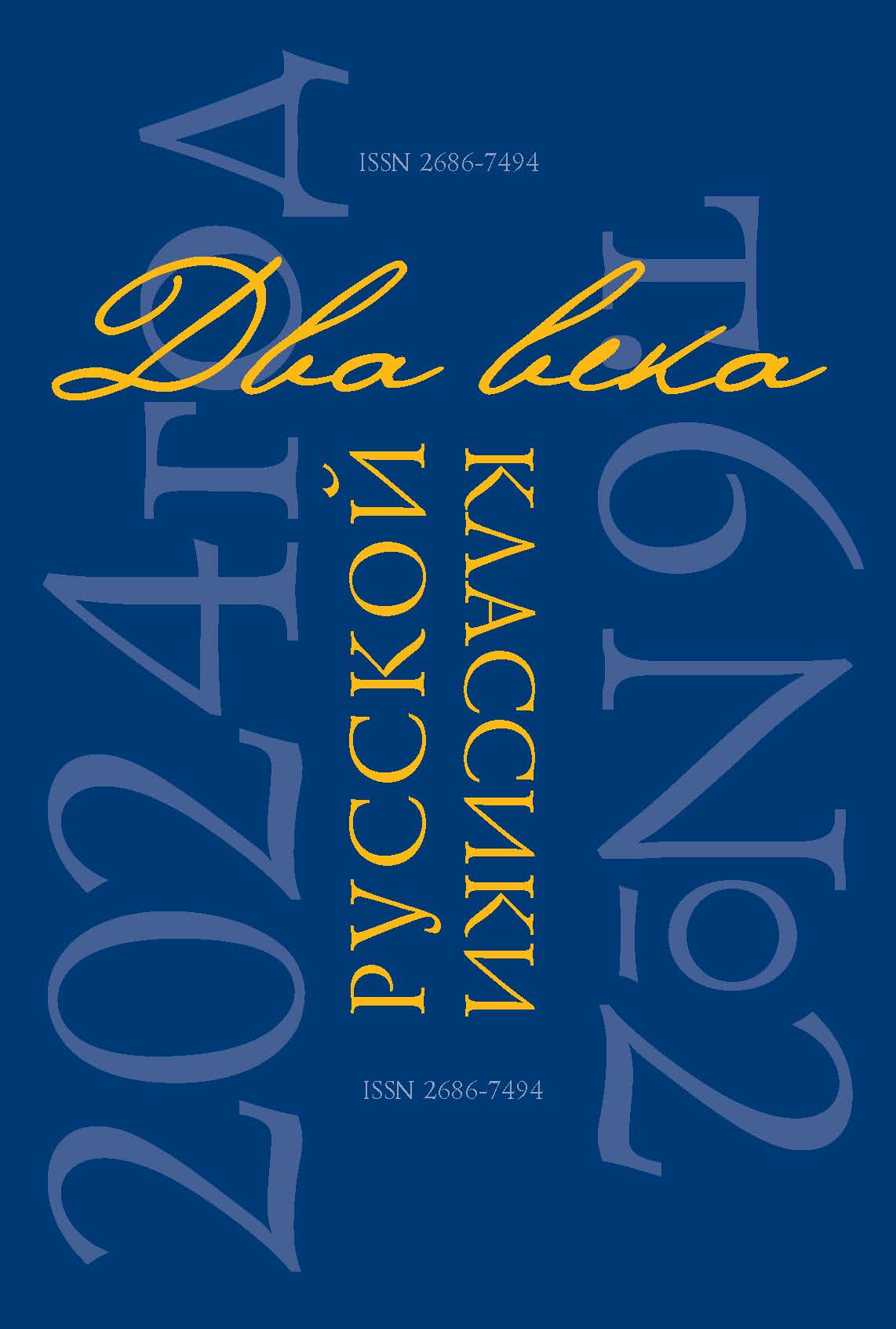Abstract:
The article deals with the issue of the existence of a tradition of keeping diary entries in the Ukrainian Hetmanate (17th – early 18th centuries), similar to those diaries that were kept at that time in Western Europe. In order to understand the origins of the diary tradition among the Cossack elite, born, brought up and educated in the Polish–Lithuanian Commonwealth, the author turns to the analysis of traditional for the Polish handwritten culture “diariushs” and characterizes the most famous examples. The article discusses the “diariushs” of representatives of the military elite that have survived to this day, namely of Dmitry Tuptala (Rostovsky), Philip Orlik, Ya. Markovich and others. The author suggests the existence of earlier “diariushs” (in particular, by the participant of the Khotyn war S. Zorko), the full texts of which have not survived to this day. This conclusion is confirmed by the “diariush” of the clerk Ivan Bykhovets, introduced into scientific circulation by the Ukrainian historian L. Okinshevich in 1930, but for objective reasons remained practically unknown in historiography. It is noted that this “diariush” is fully consistent with the Polish counterparts and contains a number of unique descriptions.
References
Shevchuk, V., editor. Mali ukrayins’ki diiarii XVII–XVIII stolit’ [Small Ukrainian Diaries of the 17th–18th Centuries]. Kyiv, Klio Publ., 2015. 408 p. (In Ukranian)
Tairova-Iakovleva, T. G. “K voprosu o strukture i istochnikovoi baze letopisi Samoila Velichko” [“Concerning the Structure and Sources of the Chronicle of Samilo Valychko”]. Slavianovedenie, no. 2, 2019, pp. 11–24. https://doi.org/10.31857/S0869544X0004196-8 (In Russ.)
Fedotova, M. A. “ʽDiariush’ Dmitriia Rostovskogo” [“The Diary of Dmitrii Rosovski”]. Trudy Otdela drevnerusskoi literatury [Proceedings of the Department of Old Russian Literature], vol. 65. St. Petersburg, 2017, pp. 458–485. (In Russ.)









